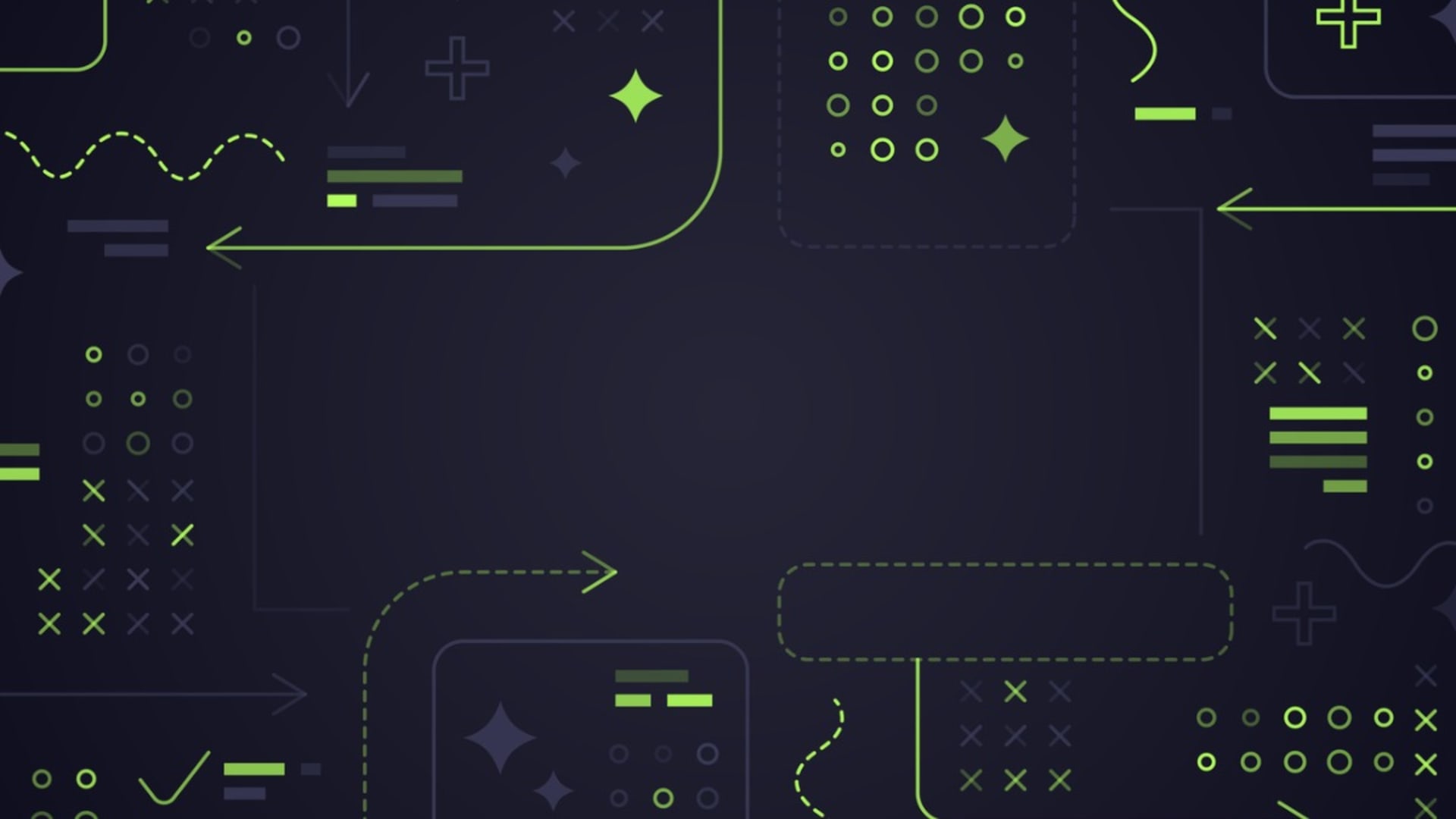The quality of a software product is not only defined by the tech that runs the show behind the curtains. It’s also defined by how useful it is for its users—and many would argue that this is the aspect that matters most. That’s why Design Thinking has become so relevant in today’s software development, and why we have been using it for so long.
In a nutshell, Design Thinking in software development focuses on the purpose over the execution. After all, it’s best to know why you want to build the tech before getting all entangled in the development cycle. To answer this question, Design Thinking makes use of a tight, user-driven feedback loop that allows companies to validate ideas before needing to write a single line of code.
Our Approach to Design Thinking
Just as the market has shifted from a product-centric to a customer-centric approach, Design Thinking is transforming the way companies produce and deliver value. As a consequence, businesses looking to hire software developers have recognized this methodology as a major source of value generation. Design Thinking is both an ideology and a process, concerned with solving complex problems in a highly user-centric way. At BairesDev, all of our work follows a Design Thinking mindset as described by the Stanford Design School. Every person at the company, regardless of their specialty or department, follows innovation-driven principles and applies them to their daily work. These principles are:
- The Human Rule: All design activity is social in nature. Any innovation or project will bring us back to the “human-centric” perspective.
- The Ambiguity Rule: While ambiguity is inevitable, creative experimentation is a must for creating new perspectives.
- All Design is Redesign: Technology and society change constantly, but basic human needs remain unchanged.
- The Tangibility Rule: Prototypes make ideas tangible, enabling designers to communicate them effectively.
Applying the 4Ds of Design Thinking to Software Development
As you may know, the 4Ds of Design Thinking are Discover, Define, Develop, and Deliver. However, the goal of Design Thinking is always the same: understanding users from human-centered angles. That’s why in a software development context these elements are applied in a slightly different way.
At BairesDev, we follow the 5 steps of the Stanford Design School: Empathize, Define, Ideate, Prototype, and Test. These are “pivot points” from which we work and think in a collaborative environment where everything revolves around the customer’s needs and a problem-solving mentality.
#1 Empathize
Empathizing happens when we stop, listen, and understand. During these moments, we observe users and their context, engage with them, and track information down to the smallest of details.
#2 Define
There are no solutions without problems. A clear definition of the problem is fundamental to identifying patterns, synthesizing insights, and classifying all needs.
#3 Ideate
When we ideate, we combine different techniques to tackle information in unconventional ways and generate new ideas using a mix of analytical thought and creative techniques (e.g. brainstorms, storyboards, SCAMPER Challenge).
#4 Prototype
A prototype is the first draft of a working solution put together by the development team. It’s a fast and lean way to identify variables and keep prioritizing the user.
#5 Test
Testing is the time to show, rather than telling. We put the prototype in the user’s hands and check its ability to create experiences and how it compares to other several prototypes.
There Are No One-Size-Fits-All Solutions
Even though these steps are applicable to almost every single project, they aren’t a one-size-fits-all process. Every development idea will have different needs and demands particular workflows and methodologies. This is why at BairesDev we have built specialized teams trained in many different methodologies, covering a wide range of functions and strengths. No matter the project, we retain the philosophy and aim: to innovate and simplify in order to make the highest quality software in the most efficient way possible.
The Benefits of Using Design Thinking for Software Development Projects
What’s the role of Design Thinking in Software Development Projects?
Check the Feasibility of the Project
As stated before, it’s best to define the why of a software development project before writing any actual production code. In Design Thinking, this is known as a “feasibility check” which, naturally, enables the software development company to evaluate the feasibility and future functionality of the product. The feasibility check always prioritizes the needs of the end-users and is designed to clearly specify all of the requirements for turning the idea into a reality.
Solid Development Roadmap
One of the best parts of doing a feasibility check is that both the vendor and the client end up with a crystal clear understanding of what the final product should look like and all of the features it should include. After the Minimum Viable Product is done and the development team has received all relevant feedback from users, all progress will be done following that very roadmap. The risk of disliking the final product is minimal to none.
Better Communication
The resulting development roadmap has a great side effect that often goes unnoticed: With everyone following the same product idea, better communication within the dev team and between other teams is almost a given. Design Thinking allows developers and everyone else involved in the project to clearly see and understand the end goals, problems, and particular details of the solution they will be delivering. And that is always a huge plus.
Keep Growth On-Track
The launch of every successful project also comes with a new challenge: keeping growth strategies in line with the product’s identity. Odds are your software will need to evolve or be upgraded in one or another, and having a Design Thinking process behind it means you and your development team will always be on the same page with these changes. All of this makes it easier to keep growth on track and generate a continuous improvement cycle for your product.
Productivity Fueled By Innovation
The biggest driving force of accelerated change in the business environment is caused by technology. As companies become more software-driven and the rate of change increases, so does the complexity of problems.
Design thinking tackles multilayered issues by bringing productivity to a whole new level in which it not only increases but also manifests itself in peculiar ways. By empowering people to experiment outside established processes, we encourage creativity and teamwork to find new solutions that bring value to the company and our clients.
In this context, creativity becomes about finding a problem worth solving. Modern companies strive for disruptive innovation, and technology is the best way to inject and scale creativity by simplifying processes and giving meaning to solutions.






